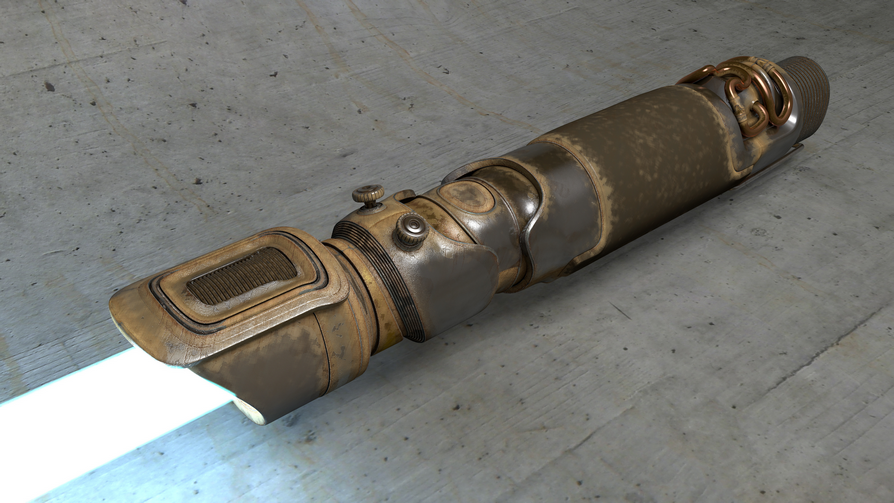3 essential elements of epic strategy
A great strategy is a great story. And, like all great stories, there are classic elements which, when expertly crafted, evolve a good plan into a...

A great strategy is a great story. Based on the story of the hero’s journey, in my first article, 3 Essential Elements to Epic Strategy, I introduced how to transform a good business plan into a great strategy by developing a story that inspires and motivates stakeholders to make your goals a reality.
In Part 3, we explore the role that your strategic direction plays in your story’s structure.
What is Your Strategic Direction?
The dilemma, the destination, and the journey are the essential structural elements of classic mythological storytelling. Strategy development is the equivalent of the journey, and it defines how the hero (you and your team) will need to transform over time to reach your desired destination: your vision.
Simply put, it is a high-level plan that describes how you want to progress from where you are today (the dilemma or strategic assessment) towards your vision over time. It sets out the objectives you will need to achieve to move ahead. A strategic direction does not tell you everything you need to know about your journey – it can’t; there are too many unknowns and forces beyond your control as you start your journey. But it must tell the story of how you move from where you are today towards your vision.
Referring to one of our best known epic stories, Star Wars, when Luke and the rebels begin their renewed fight against the Imperial forces, they don’t know how they will win. But they know how to proceed on the path towards victory. Obi-Wan has given Luke enough insights to motivate and lead a unified effort. This is what step 3 in your epic strategy will do.
The critical part here is to establish milestones to complete the journey so a path forward can be envisioned by your stakeholders. It should stimulate the imagination and renew your commitment to the future. You capture hearts with a compelling vision of success, but you activate the body with a story that propels it forward.
Elements of Your Strategic Direction
Strategic milestones define the key markers of progress on your journey and provide guidance to how you will proceed. Ideally, three milestones work best: now, next and then. Much like a story that has a beginning, a middle and an end, your milestones break up your story into clear segments. The shorter term objectives that occur near the beginning of your journey (now), mid-term objectives that occur near the middle of your journey (next) and longer-term objectives that occur closer to your vision (then).
Each milestone is made up of a series of objectives that tell a more detailed story of how you expect to achieve each milestone. In strategy development, these objectives are both internal and external results needed to move your organization forward and position it to hit each milestone on time. Internal objectives are the things you control inside your organization such as building new competencies, hiring new staff, shifting the culture and building new processes to be more efficient or effective. External objectives are those things you want to achieve in the market. They can include goals like launching a new program, achieving a new sales goal, entering a new market, or developing new partnerships.
The amount of time you leave between milestones will depend on several factors, including the life-stage of your organization. For example, the time frame between milestones should be no more than six to nine months for early stage entities while larger, more established corporations can stretch the distance between milestones to two to three years. The key is defining the timetable for each milestone so that it represents meaningful progress on your journey to the vision over time.
How to Create a Strategic Direction
Strategy development is ultimately a creative process. It involves putting things together, pulling them apart and then often reconstructing them again to create the story with the highest probability of success. It is always a bet, never a sure thing. To some, this process is viewed as messy and sometimes chaotic, but as Eisenhower is reported to have said, “Plans are nothing, planning is everything.” Roll up your sleeves and dig in.
Creating a strategic direction can only happen if you have completed your strategic assessment and you have defined your vision; they are prerequisites. Once complete, follow these three stages:
Stage 1 is brainstorming, where you and your team discuss (with no editing) the findings from your strategic assessment and what you want to build as defined by your vision. Discuss everything you think should happen or that you want to have happen to close the gap. Again, no editing. These ideas can be things that are needed right away or things that you may not be ready to attempt for a year or so. Just list them.
Stage 2 occurs after you have exhausted your brainstorming. Now begin to cluster or group the results of your brainstorming into various time frames. For example, those things that have to happen first go into a near-term bucket while those that can happen later in the journey may go into a mid-term bucket. And, those things that are fuzzy or can occur closer to the end of your journey may go into a longer-term bucket.
Review your clustered groups and organize them into a logical flow. Rank them in an order that tells a story of what needs to happen; like a chapter in the longer story. Look at each chapter and title it. Craft a statement that captures the theme of the chapter or clarifies where you will be at the end of it. The statement you craft is the title for this strategic milestone.
Stage 3 is your final check before you start your journey. The purpose of this stage is to determine if it all flows logically – if it all makes sense. Also, it’s a check to see if the overall process is exciting and compelling; if it provides the necessary guidance at each step of how to proceed and what the organization should look like when finished. Do you know what to do in the near-term to get into action?
Once all of the stages are complete, you are ready to start your journey! Stay flexible and be prepared to make changes and adjustments along the way as circumstances change. Oh, and don’t forget to enjoy the ride. There is nothing quite like it. Good Luck!
Series Recap
A great strategy is a great story. This three-part series shared how to transform your business planning into an epic strategy development.
Here’s a brief recap:
When you combine these three elements, you will transform your planning into strategy development, making huge leaps in your thinking that can inspire and motivate your team to take your organization to new epic heights.

A great strategy is a great story. And, like all great stories, there are classic elements which, when expertly crafted, evolve a good plan into a...

A great strategy is a great story. Based on the story of the hero’s journey, in my first article, 3 Essential Elements to Epic Strategy, I introduced...

Why are there so many types of strategy, and how do you keep them all connected? This is a really important question as planning happens all the time...